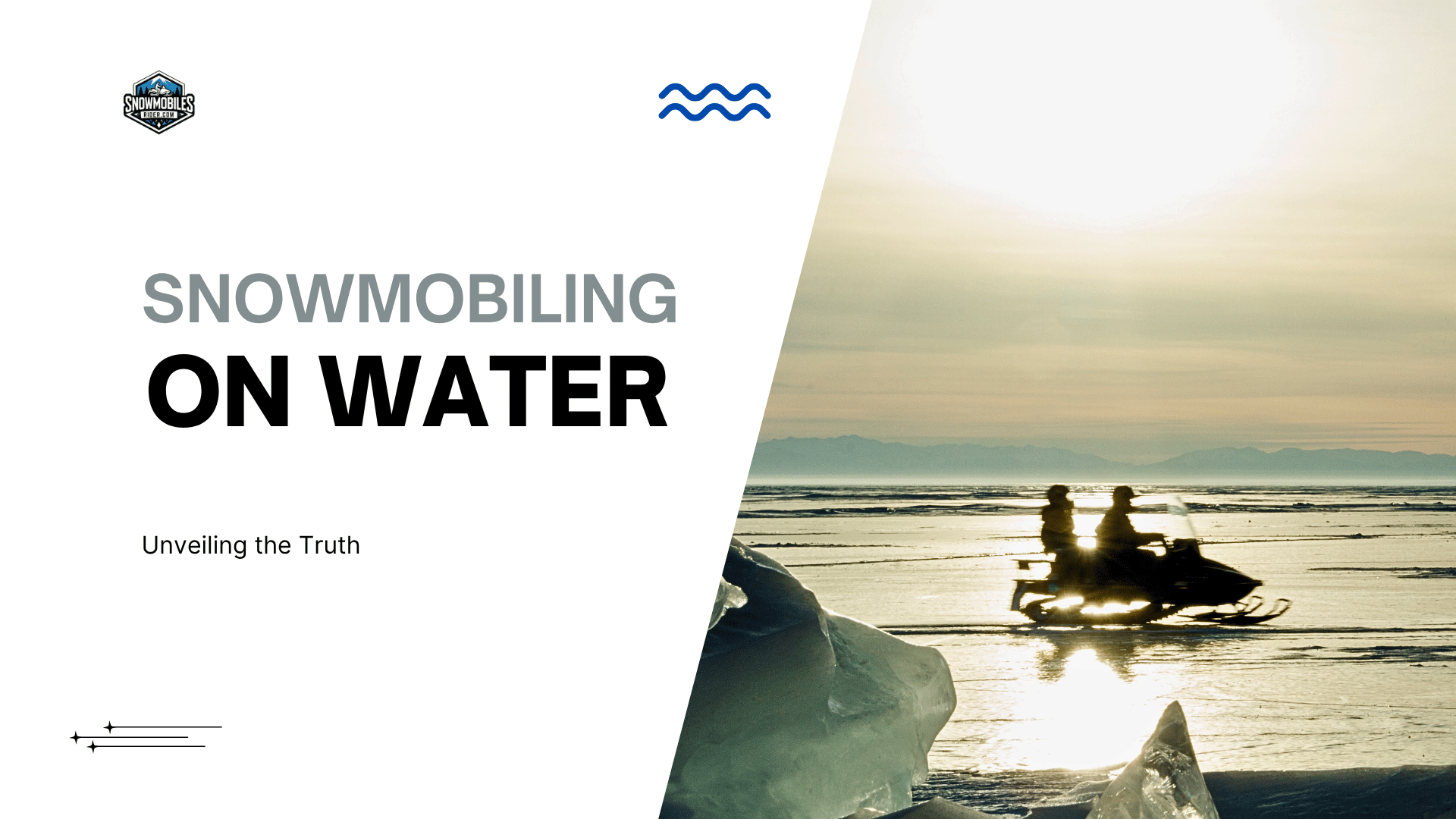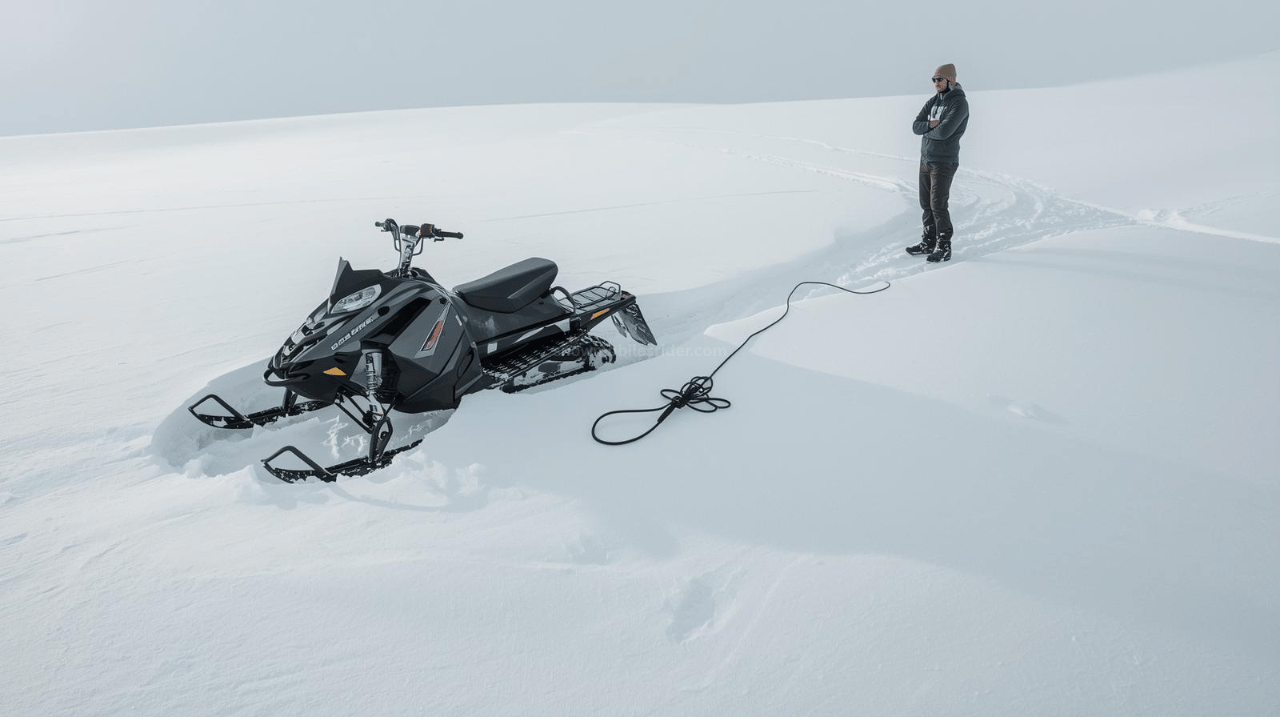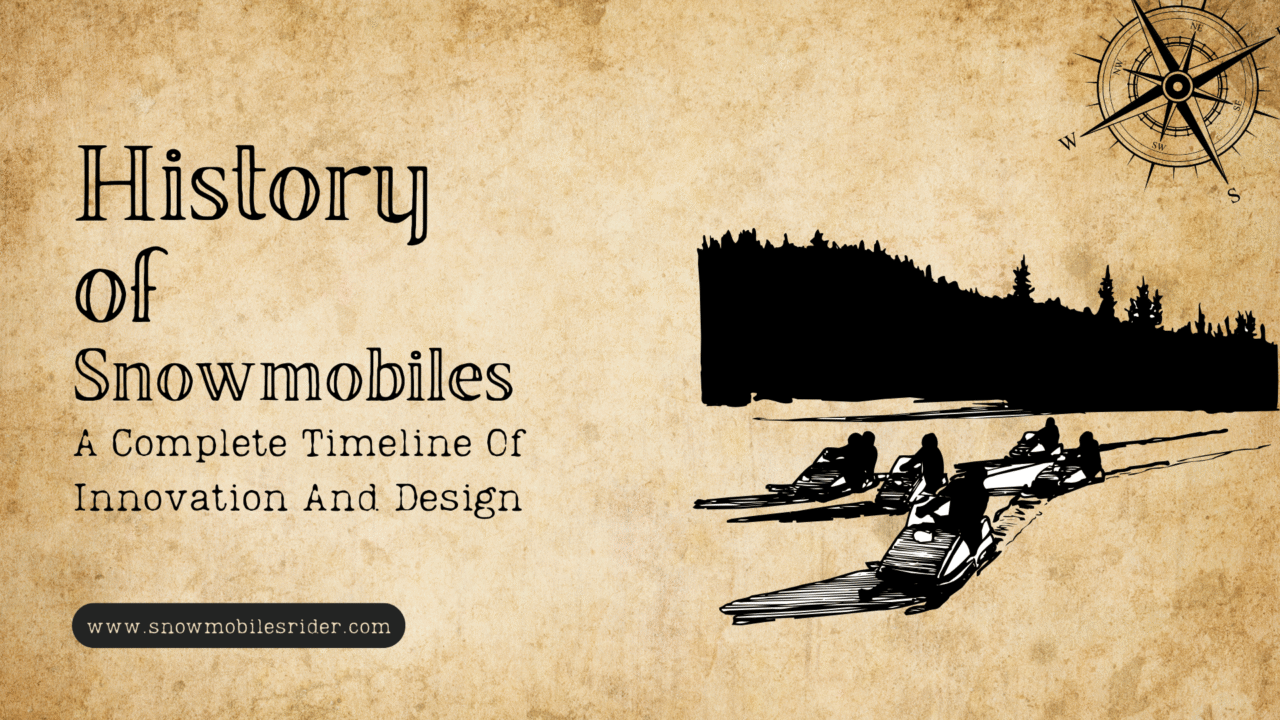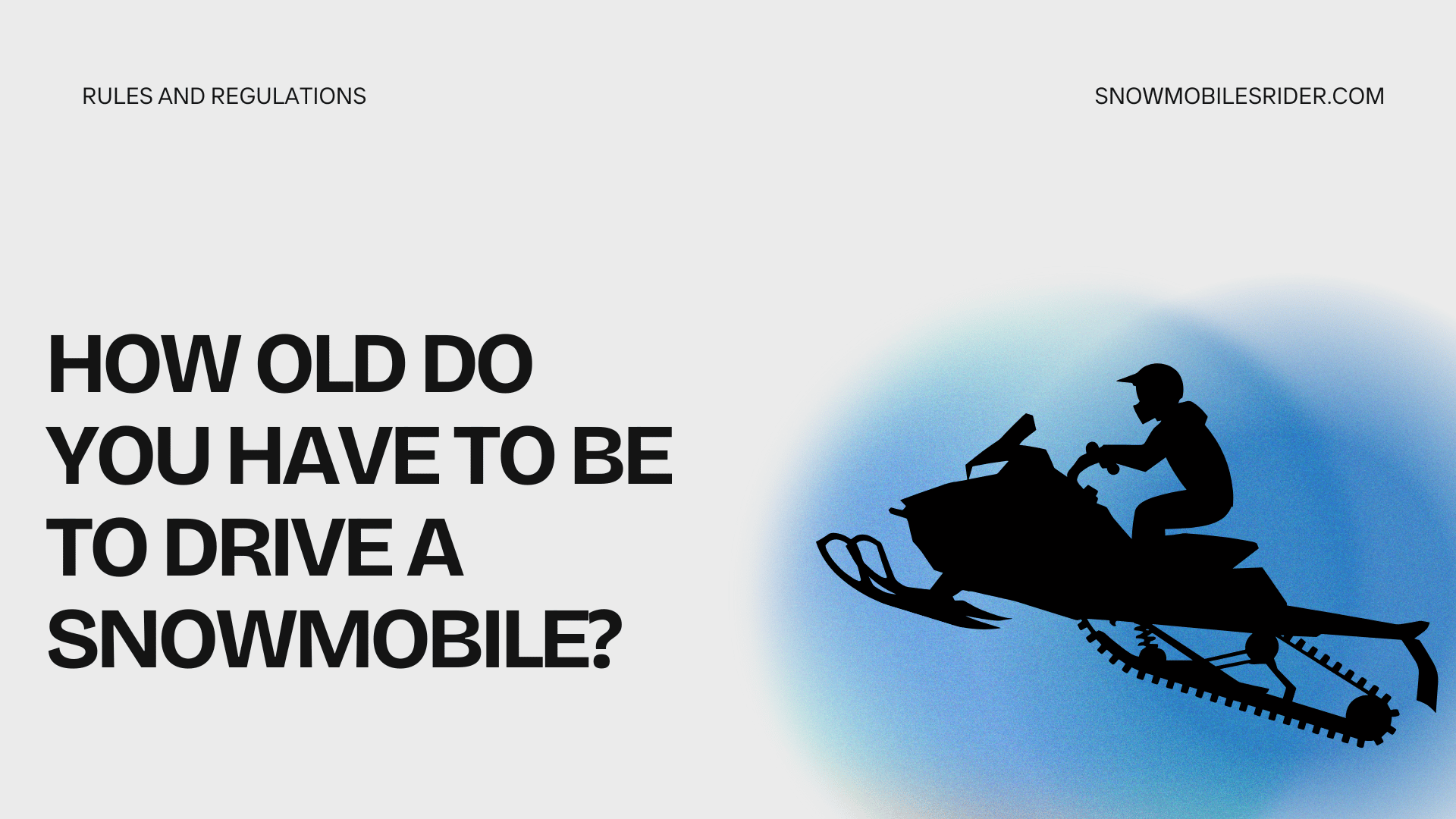Snowmobiles are originally designed to work on snow, to explore snow-capped mountains, and in early ages, for war also. Have you ever considered running your snowmobile on water? Yes, a snowmobile can indeed go on water, and this is called water skiing or watercross. With the passage of time, there is an advancement in every field of life; likewise, a lot of advancements have happened in this field also, and snowmobiles have pushed their limit, and these vehicles can go on water too.
In this article, we will explore the history of water skiing, along with the whole process, so that you can understand whether you can just go on the water with your snowmobile or if you need some modifications before going out.
History of Snowmobiling on Water:
Snowmobile skipping is not the development of the modern era. The first commercially available snowmobile that could be modified for water was the Polaris 550 Voyageur, which was introduced by Polaris, one of the three major snowmobile manufacturers, in 1967–1969. For extra buoyancy in the water, it featured larger skis, floats, and a modified track.
This was one of the first snowmobiles to be adapted for water use, as it was designed to handle both snow and water in a compact space.
In fact, the world’s first annual watershipping championship was held in 1977. In this championship maximum distance travelled was 150ft. So if you are thinking that it is a modern era development so you are wrong. This is not.
Snowmobiling on water
What do we call it?
Snowmobiling on water has different names in different regions, just like there are different names for snowmobiles in different regions, like snowmachine in Alaska, motor sled in Canada, snow scooter, and ski -doo in different parts of Canada.
Similarly, snowmobiling on water has different names with different origins, like snowmobile skipping, water cross, water skipping, puddle jumping, and others in some regions. So do not confuse yourself in name; let’s move forward.
Are Snowmobiles Waterproof?
The first question that comes to mind for every rider after hearing that he can go on water or not is that is his snowmobile is waterproof.
As you know well, the snowmobile itself is not designed to drive on snow, so the engine, the main component of the snowmobile, is not waterproof at all. Unless there is a modification to it.
Now, do not compare it with rainwater because, as I am saying, a snowmobile is not waterproof; it means if your snowmobile fully sinks into water, then you need a little bit of maintenance before starting it again. RRainwateror or other splashes do not usually damage snowmobiles.
The plastic part of your snowmobile is waterproof, though. (:
Is it safe or not?
Before anything, I will say that everything that is happening within its limits is safe with proper rules and regulations. If you are not performing a certain thing under its rules and regulations, it can be very dangerous not only for you but also for others.
As far as snowmobiling on water is concerned, I think it is pretty much safer when you do some modern aftermarket customisation on your snowmobile.
Some safety tips included never doing it if you are alone or if you do not know how to swim, or if you are a beginner or a first timer. A beginner should learn it properly before doing it. So always ensure safety before going for watercross.
How fast can a snowmobile go on water?
This record was set on July 14, 2023, on Lake Scugog in Port Perry, Ontario, Canada, by David F. R. L. H., a professional daredevil snowmobile racer from Canada. He achieved the top speed of 262.57 km/h (163.18 mph)
While attempting this world record, he used a Yamaha SRX that had been heavily modified and had a custom-built turbocharged engine with more than 1,000 horsepower.
I have also seen some videos on YouTube claiming a top speed of 220 km/h, but that is unofficial, and I am also not sure about it.
How far can a snowmobile go on water?
Kyle Nelson of Canada set the Guinness World Record for the farthest snowmobile ride on water, going 69.28 km (43.3 miles). He did it on Cowan Lake.
The unofficial record is 155.8 miles (250.8 km), which was set by Aki Pesonen in Finland in 2017. To do this, snowmobiles are often modified by adding extra fuel tanks and being driven by watercross fans with a lot of experience.
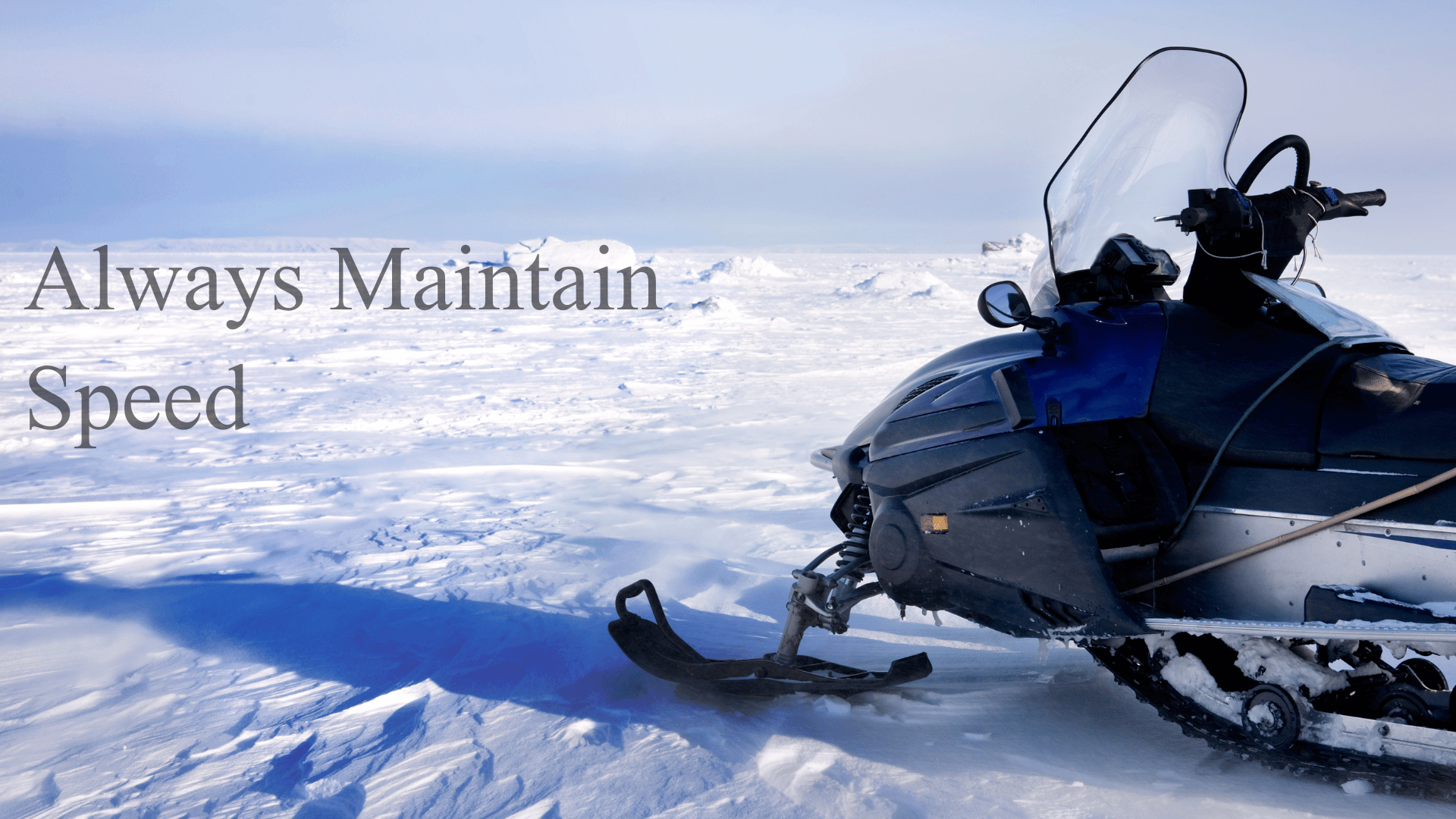
Tips and tricks for watercross:
- Use longer tracks for better flotation. Longer tracks are easily available in markets.
- Avoid tracks with missing or damaged lugs.
- Use silicone or waterproof tape to seal the airbox, clutch vents, and electronics.
- For extra buoyancy, put floatation foam in the engine bay and on the side panels.
- If water starts to seep in, you can also add a bilge pump system to get rid of it.
- Take out the parts that aren’t needed (windshield, mirrors, etc.).
- It will run better and lighter if you keep the fuel tank about half full.
- Boggy water can be avoided by slightly leaning jetting.
- Since throttle consistency is so important, change the clutching to get a faster RPM response.
- Always wear a life jacket and other safety items that are necessary.
Start your snowmobile on water; you should do it on solid ground a few feet from the shore. Gradually speed up the sled until it reaches 30 to 40 mph before the track hits the water. When you get in the water, keep the throttle steady and lean back a little to help the skis rise and the sled glide across the water.
From the moment you get on the water, don’t let up on the throttle—any drop in speed can make the sled sink. Small movements on the handlebars and shifting your weight will help you steer. Don’t use the brakes because they will slow the sled down right away. Hold down the gas pedal until you reach the other shore. As you come back to land, slowly slow down.
How to get a snowmobile out of the water?
There is always a possibility that your snowmobile can sink in water. Under such conditions, try to pull out your snowmobile as soon as possible because if it sinks for too much time it can cause irreparable damage to the engine.
Snowmobile racing on water:
1-Watercross Snowmobile Championship
Different places in the United States (usually Minnesota, Michigan, and Wisconsin) are visited during June every year.
2-Watercross National Championship:
This is a race that happens in different locations in Minnesota during the month of June every year.
June
3-The Canadian Snowcross Championship:
This race is arranged during Late winter to early spring in several Canadian locations, like Quebec, Ontario, etc.
4-SnoCross Watercross Series:
The SnoCross Watercross Series has different locations throughout North America. And this race is arranged between May to July.
5-Watercross and Ice Oval Races:
Organised in Different lakes in the Midwest of the United States, depending on location, during the winter or spring.
Conclusion:
At the end, we have concluded that snowmobiling has now breached its limits and has started its service on water too. Snowmobiling is adventurous while exploring snowcapped mountains, as it is while riding on water. It is really one of the best winter activities to do. So if you are wondering whether your snowmobile can go on water or not, now, after reading this article, you will know that you can ride your snowmobile on water easily.
If you found any errors in the above content or want us to edit or add something, feel free to contact us at any time. We are always looking forward to serving you. Have a wonderful water skipping day.

